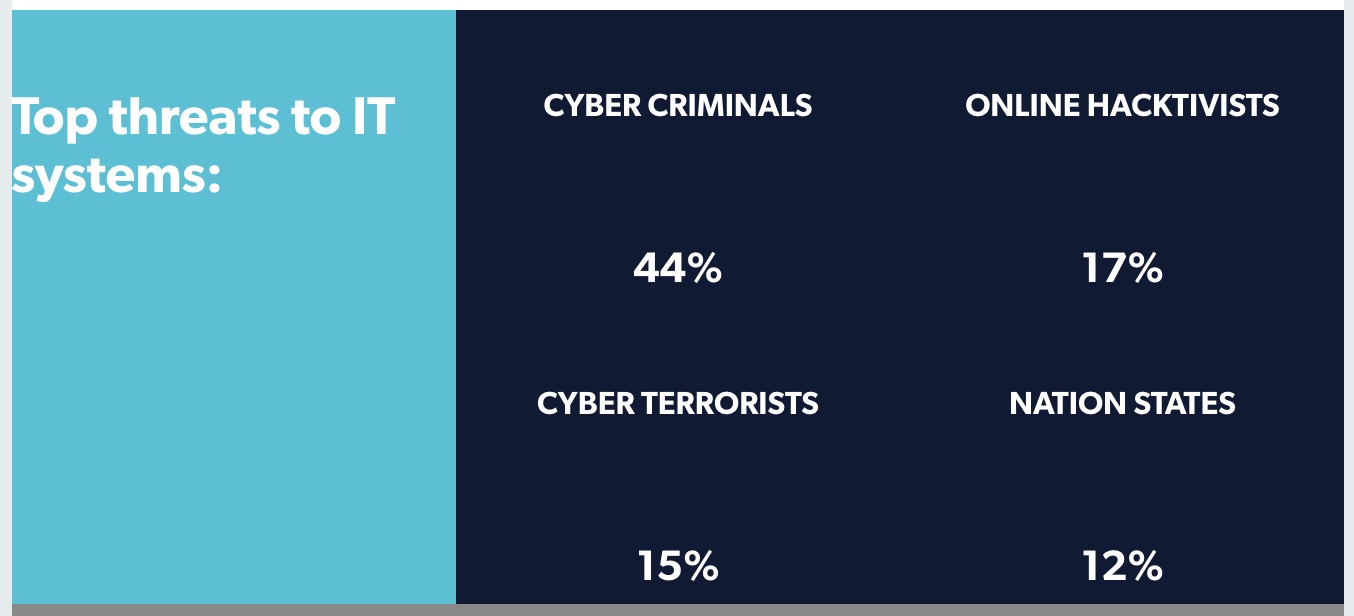
Traditionally, pavement inductive loop sensors are used to collect real time traffic data for passenger-freight movement in roadways. This method, however, is expensive to install and maintain. In the last decade, significant improvements have been achieved in MEMS sensors domain with respect to size, cost and accuracy. Motivated by these novel advances, we proposed a wireless MEMS sensor based passenger-freight interactions detection framework for Intelligent Transportation Systems (ITS). Our proposed solution will be significantly cost effective in comparison to traditional induction loop approach and it is scalable to cover millions miles of roadways all over the US.
View this complete post...
Tags: CA, California, California State University, Data, ITS, MEMS, Mohammad Mozumdar, USC Price, Video, YouTube
Posted in
Congestion, Show Us Your Infra, Technology, Telecommunications
Comments Off on How Data Helps Get You There Faster























 RSS Feed
RSS Feed